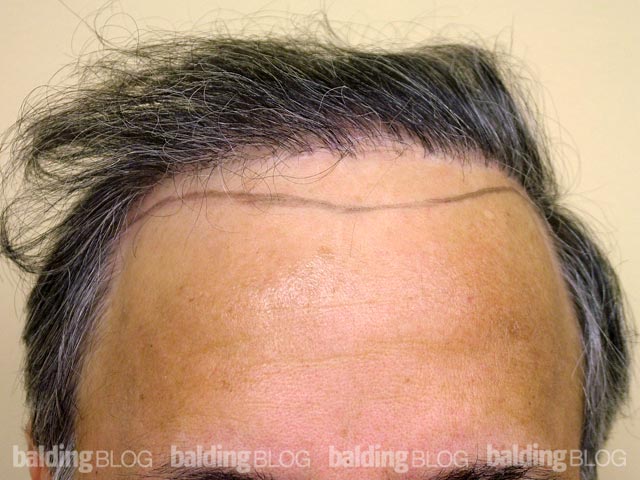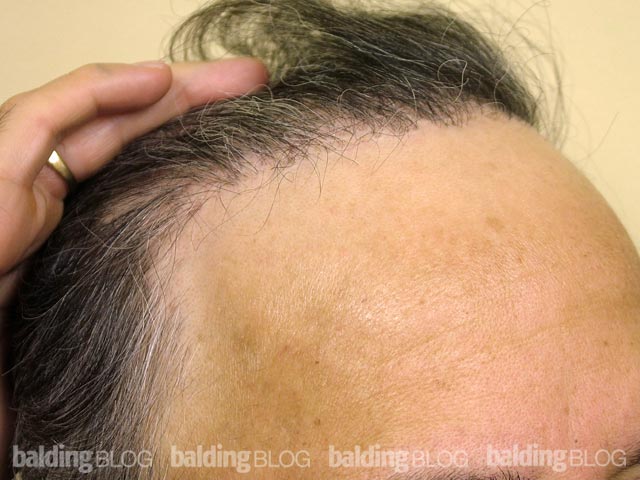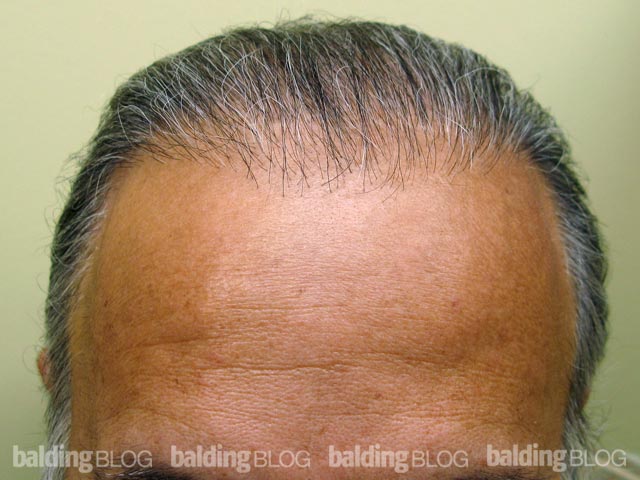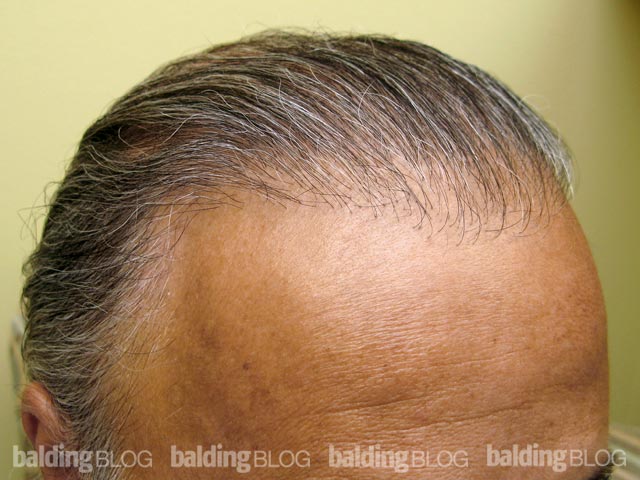Dr. Rassman,
About 15 months ago, I had a transplant procedure done in another state and they severed the left posterior branch of the artery that runs up by the ear and feeds the scalp from the side of the head. To make a long story short, the artery was coterized but , the frontal hair on the left side used to be adequate and now it has thinned to the point where it is a significant social problem.
Have you had any experience in trying to transplant into this area after this artery has been severed or is it likely that the blood supply is much more spotty in the area?
Thanks for the help!

The artery was often cut in a type of surgery called scalp lifts (a type of aggressive scalp reduction which is not done today) and these people generally did well, even with both sides cut. The nerves to the side of the head which lie close to the artery were also cut in many of these surgeries. The purpose of these now outdated procedures was to be able to remove large sections of bald scalp. In theory, the artery on the other side and the occipital arteries (which are in the back of your head) should have an increase in blood flow since the problem was created, and as such, I would think that you should have enough blood supply to support a hair transplant on the cut artery side. A Doppler study (used to study blood flow and muscle motion) of the vessels might confirm my opinion.
Generally, when a flap is built one side of a critical blood supply to the flap is severed incrementally and the flap is lifted and then put back at least once until the dependency on the blood supply switches. The body seems to be pretty smart when it comes to these things. If you see a vascular surgeon for an opinion (a vascular surgeon is probably the best one to determine adequacy of blood flow) the added information he/she might supply would be helpful.





